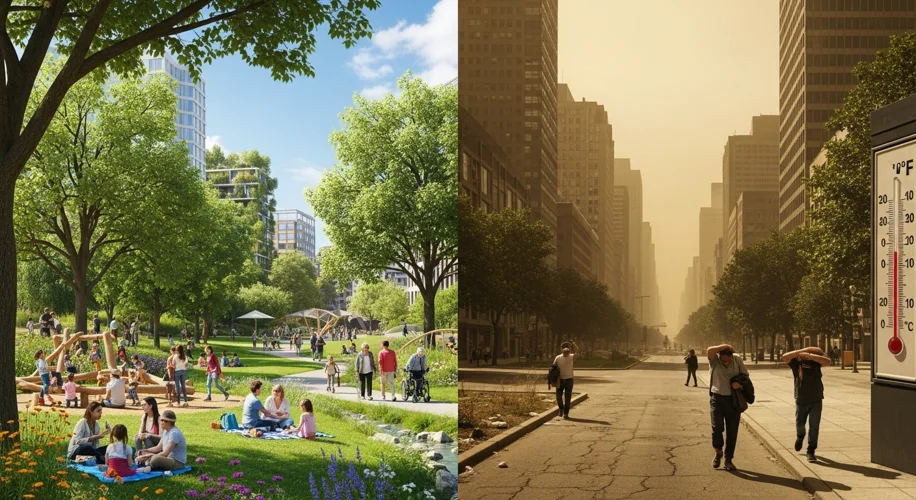As someone who studies our planet’s atmosphere, I’ve spent years looking at data, running models, and understanding how our climate is changing. It’s complex, and the science is clear: our planet is warming, and human activity is the primary driver. But today, I want to talk about something equally important: how these changes aren’t impacting everyone equally.
Let’s talk about environmental racism and how it connects directly to climate change. Did you know that many Black communities are located in areas that are more vulnerable to the effects of a changing climate? This isn’t an accident. Historically, discriminatory housing practices and zoning laws have led to Black neighborhoods often being situated near industrial pollution sources, in flood-prone areas, or in places lacking green spaces and vital infrastructure.
Think about the urban heat island effect. This is when cities, with all their concrete and asphalt, absorb and trap heat, making them hotter than surrounding rural areas. Now, imagine communities with fewer trees, less green space, and older, less efficient housing. These are often the neighborhoods where Black families have been concentrated due to decades of redlining and segregation. During heatwaves, these communities can become dangerously hotter, putting residents at a much higher risk of heatstroke and other heat-related illnesses.
I’m learning alongside you on this journey, and what’s become clear is that the impacts are far-reaching. It’s not just about heat. It’s also about increased flooding from more intense rainfall, which can damage homes and disrupt lives. It’s about air quality, as pollution sources are often located closer to these same communities, exacerbating respiratory problems that are already more common due to environmental burdens.
This is why I’m so passionate about environmental justice. It’s about fairness. It’s about acknowledging that while we all face the challenges of climate change, some groups are disproportionately burdened. This is a problem that affects us all, but we need to recognize these disparities to find real solutions.
So, what can we do? It starts with understanding and advocating for policies that prioritize equitable development. This means investing in green infrastructure in underserved communities, improving public transportation, ensuring access to clean air and water, and supporting community-led initiatives that build resilience. It also means making sure that when we talk about climate solutions, we’re talking about solutions that benefit everyone, especially those who have been historically marginalized.
In my experience, community involvement is key. Local knowledge and community voices are essential for developing effective and lasting solutions. By working together, we can create healthier, more sustainable environments for all.

